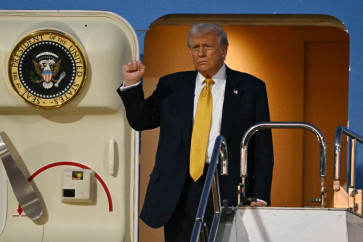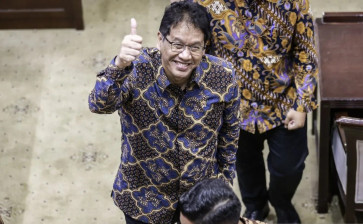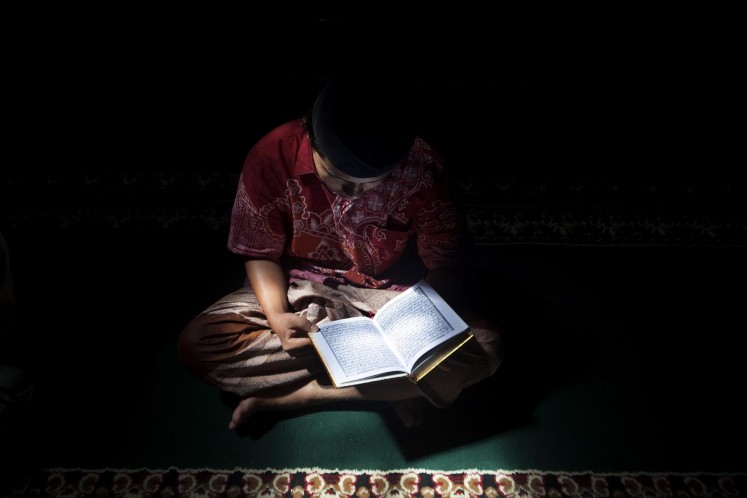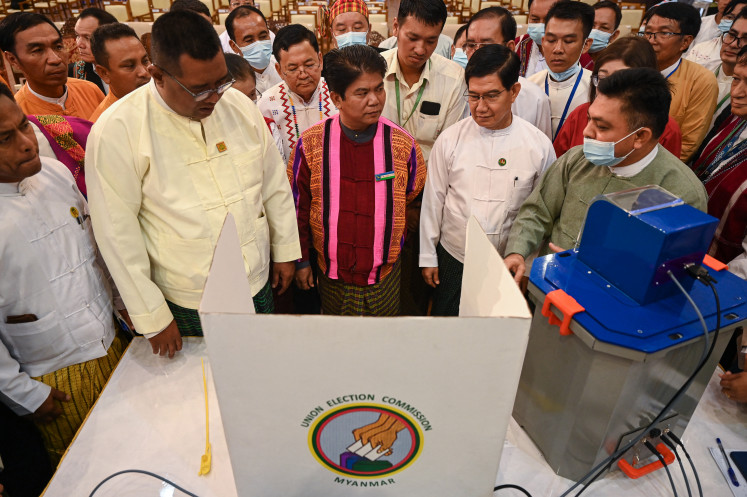Popular Reads
Top Results
Can't find what you're looking for?
View all search resultsPopular Reads
Top Results
Can't find what you're looking for?
View all search resultsMajapahit capital may be larger than previously believed
A recent archeological find in Puri village, Mojokerto regency, East Java, thought to date from the ancient Majapahit empire indicates that the capital of the empire may have been larger than a municipality in Jakarta
Change text size
Gift Premium Articles
to Anyone
A
recent archeological find in Puri village, Mojokerto regency, East Java, thought to date from the ancient Majapahit empire indicates that the capital of the empire may have been larger than a municipality in Jakarta.
Lead archeologist from the Indonesian Ancient Relics Conservation Bureau (BP3), Danang Wahyu Putro, said this hypothesis was supported by the fact that the new find was located 12 kilometers from Trowulan village, believed to be the center of the Majapahit town.
“Some academics have concluded that the capital spanned 99 square kilometers,” he said, saying this evidence may prove that the capital was larger than this, only a little less than the size of West Jakarta and almost twice the size of Central Jakarta.
Preliminary studies of the 196-square-meter find and several relics found in the vicinity point to the site being built toward the end of the Majapahit empire in the 15th century.
A surviving ancient script, the Negarakertagama, indicates that Majapahit may have been to be the largest empire in the region, with confederation states comprising the current territory of Indonesia and several neighboring countries.
The early concept of Indonesia by the country’s founding fathers were said to be based on Majapahit’s past glory, despite the fact that the country comprised areas colonized by the Dutch.
A complete historical reconstruction of the ancient capital has proven difficult, with archeological sites scattered across more than 100 square kilometers around Trowulan.
At the latest find in Puri village, archeologists found ceramics and porcelain jugs as well as earthenware from the Ming dynasty. The earthenware bore the Pataka Surya Majapahit, the Majapahit empire’s eight-pointed star regalia.
“We can’t concluded whether it was a royal residence or an housing area for commoners,” Danang said, despite the fact that the relics at the new dig were similar to earlier findings in Trowulan.
Danang said he was working with police and administration officials to protect the site from looters so further archaeological studies could be carried out.
“It’s difficult to monitor relics on-site, as items disappear through mystical means,” he said.
Danang said that strong mysticism among locals was the main reason for looting archeological sites.
“[Locals] perform rituals at old temples or historic sites, looking for relics to use as amulets for invisibility,” Danang said.
The head of the Java-Majapahit Culture Association, Abdurrahman, confirmed Danang’s concerns, saying hundreds of people rushed to steal artifacts from a Mojokerto site to use as amulets.
“Many shamans and those delving in magic believe that this current site was where Brawijaya kept his jewelry and heirlooms,” he said, referring to the last ruler of the empire.
Abdurrahman said adherents of Javanese mysticism, or kejawen, believe that the Brawijaya’s legacy was kept alive through unearthed relics, including seven gold-plated kris, jewels and diamond-encrusted bronze crowns.










